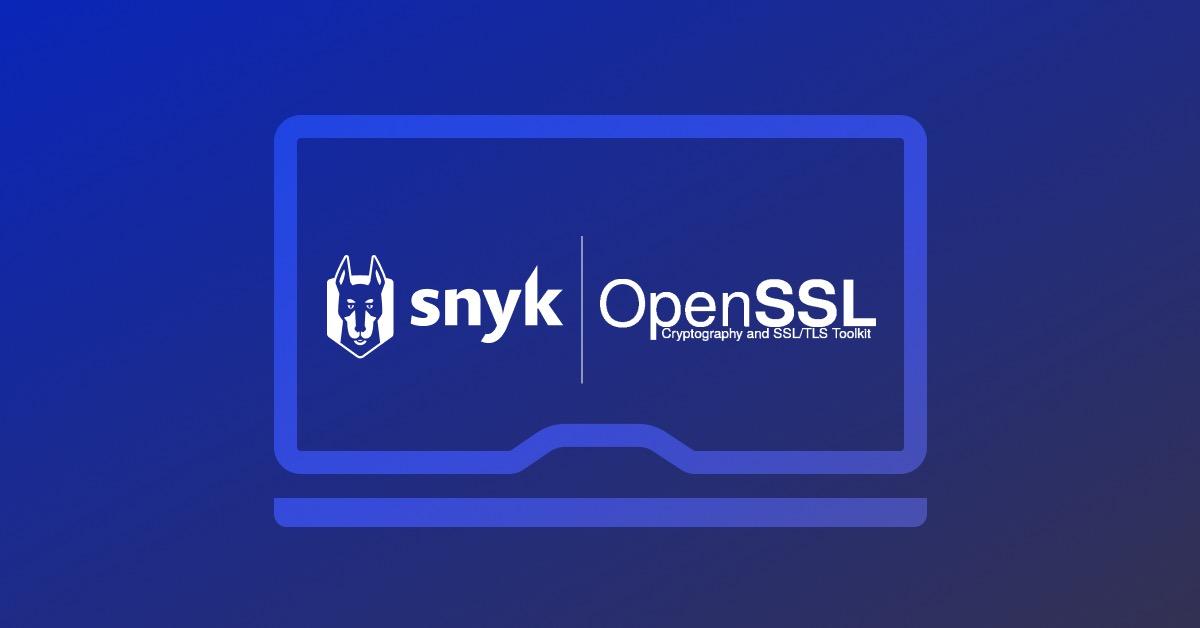Snyk Security Labs Blog Archive
Showing 13 - 24 of 26 posts
Repo Jacking: The Great Source-code Swindle
In this post, we explore a powerful, yet widely unknown attack vector which has emerged in the last couple of years known as ‘Repo Jacking’. During our research, we discovered the enormous potential to compromise software components with tens of millions of downloads across the Terraform IaC (Infrastructure as Code) and Composer (PHP package registry) ecosystems.
Call for action: Exploring vulnerabilities in Github Actions
In this blog post, we will provide an overview of GitHub Actions, examine various vulnerable scenarios with real-world examples, offer clear guidance on securely using error-prone features, and introduce an open source tool designed to scan configuration files and flag potential issues.
Vulnerability: runc process.cwd and leaked fds container breakout (CVE-2024-21626)
CVE-2024-21626: Snyk has discovered an order of operations container breakout vulnerability in all versions of runc <=1.1.11, as used by the Docker engine, along with other containerization technologies such as Kubernetes.
SocketSleuth: Improving security testing for WebSocket applications
Today, we are proud to announce the beta version of SocketSleuth, our new Burp Suite extension for performing security testing against WebSocket-based applications. SocketSleuth was created out of our security research group to aid in our security research against applications that leverage WebSockets for communication.
Gitpod remote code execution 0-day vulnerability via WebSockets
In this post, we present the first findings from our current research into Cloud Development Environments (CDEs) — which allowed a full account takeover through visiting a link, exploiting a commonly misunderstood vulnerability (WebSocket Hijacking), and leveraging a practical SameSite cookie bypass.
Phony PyPi package imitates known developer
A recent interesting finding in the Python Package Index (PyPi) attempted to imitate a known open source developer through identity spoofing. Upon further analysis, the team uncovered that the package, raw-tool, was attempting to hide malicious behavior using base64 encoding, reaching out to malicious servers, and executing obfuscated code. In this post, we’re going to take a deeper look at that vulnerability, but first let’s take a look at how our researchers discovered it.










